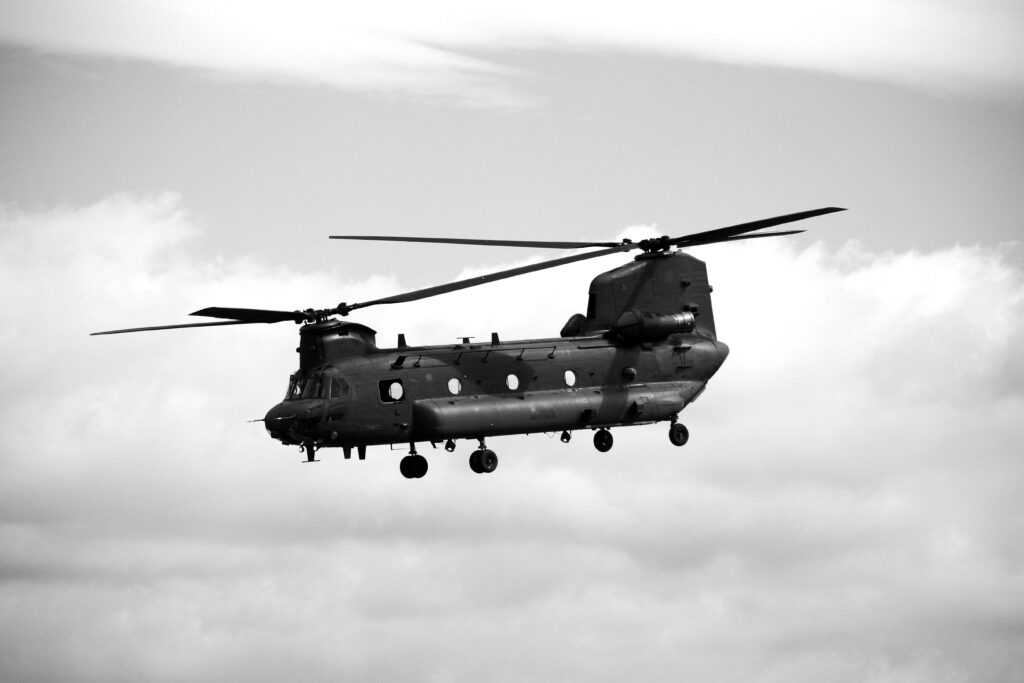Introduction
Geopolitical instability is reshaping the global defence landscape, with direct implications for the military Maintenance, Repair, and Overhaul (MRO) sector. Conflicts in Ukraine and Gaza, heightened Indo-Pacific tensions, and renewed focus on deterrence have accelerated demand for defence readiness and sustainment infrastructure. These pressures are redefining priorities across supply chains, fleet modernization programs, and multilateral defence strategies.
Growing MRO Demand Reflects Shifting Défense Postures
Military aviation currently represents approximately 30 percent of the global aerospace and defence MRO market. That share is expected to rise further as nations increase investments in fleet resilience and operational availability. North America and Europe are scaling MRO budgets to accommodate both ongoing operations and modernization needs, often extending the service life of aging aircraft while integrating new capabilities.
The global active military aircraft fleet surpassed 45,400 in early 2025 and is projected to reach 52,200 by 2035. This expansion, driven by both new acquisitions and prolonged use of legacy platforms, is outpacing prior forecasts. Constraints in procurement timelines and cost management have made effective MRO not just a technical necessity but a strategic lever.
Advanced Systems Drive Up Sustainment Costs
The deployment of fifth- and sixth-generation aircraft, such as the F-35, NH90 helicopter, and A400M transport, has increased the technical complexity and cost of maintenance operations. These platforms rely on advanced materials, sensor arrays, and integrated software systems that require continuous updates and specialized support. The F-35 alone is expected to account for 9.5 percent of global military MRO expenditures by 2035, reflecting a sharp increase in both demand and cost intensity.
Simultaneously, budgetary trade-offs are becoming more pronounced. For instance, the U.S. Air Force has reduced flying hours in some units and accepted lower mission-capable rates in order to allocate resources toward future capabilities and modernization goals.
Unmanned Systems Add a New Layer to MRO Strategy
The increased deployment of unmanned aerial vehicles (UAVs) and unmanned combat air vehicles (UCAVs), particularly in conflict zones like Ukraine, is expanding the scope of MRO responsibilities. The global UAV fleet is projected to grow from 1,400 units in 2024 to over 3,460 by 2035. These platforms require advanced diagnostics, mission-specific payload servicing, and high-frequency updates to onboard systems, all of which place new demands on sustainment logistics and technical training.
Paris Air Show Signals a Strategic Shift in Focus
At the 2025 Paris Air Show, defence and security represented 45 percent of the exhibition; a record share. The U.S. military presence included operational displays of the F-35A Lightning II, MQ-9 Reaper, and other key aircraft, emphasizing readiness, interoperability, and allied deterrence. The event also spotlighted efforts to increase production scalability and upgrade legacy systems, with OEMs like Airbus, Lockheed Martin, and Embraer securing substantial military contracts.
There was particular emphasis on modifying existing airframes for new missions. Airbus promoted the A400M as a UAV “mothership,” and Sikorsky highlighted autonomous capabilities under development for the Black Hawk. These initiatives underline the industry’s shift toward modernization through MRO rather than full platform replacement.
Supply Chain Resilience Becomes a Central Issue
Défense leaders and contractors at the show highlighted vulnerabilities in the global supply chain, especially under conditions of prolonged conflict. Multiple stakeholders are now pursuing diversification of sourcing, investment in local manufacturing, and digital inventory management systems designed to enhance availability and forecasting accuracy.
Strategic Role of MRO Expands Across Domains
Governments are increasingly treating MRO not as a sunk cost but as a strategic tool for maintaining combat effectiveness and technological relevance. By retrofitting legacy platforms with new electronics, survivability upgrades, and connectivity features, defence ministries are stretching procurement cycles while maintaining a credible deterrent posture.
In addition to air systems, naval and ground forces are also emphasizing MRO as a mechanism for modernization. This is seen in multi-domain readiness programs that prioritize sustainment over new acquisitions, especially among NATO allies balancing operational tempo with fiscal constraints.
Importantly, the military also plays a critical role as a training ground for the global MRO workforce. Many of today’s leading technicians, engineers, and sustainment specialists began their careers in defence environments, where the standards are unforgiving and the stakes are high. This talent pipeline is a key contributor to the broader aerospace and defence ecosystem, reinforcing the military’s position not only as an operational force, but also as a foundational source of technical excellence.
Conclusion
Military MRO is no longer a background function. It has emerged as a central pillar of global defence strategy in an era marked by persistent conflict and budgetary scrutiny. As the sector evolves to accommodate new platforms, integrate advanced technologies, and reinforce supply chains, its influence on operational readiness and national security planning is set to increase. Strategic investment in MRO capabilities will remain critical for maintaining force projection and alliance credibility in the years ahead.
About Airmen Technical Services
Airmen Technical Services is a specialist consultancy and brokerage of high-calibre expertise in maintenance, repair, and modification of fixed-wing and rotary aircraft. Leveraging a global network of trusted organisations and independent professionals, Airmen delivers precise, on-demand capability for defence and commercial operators.



